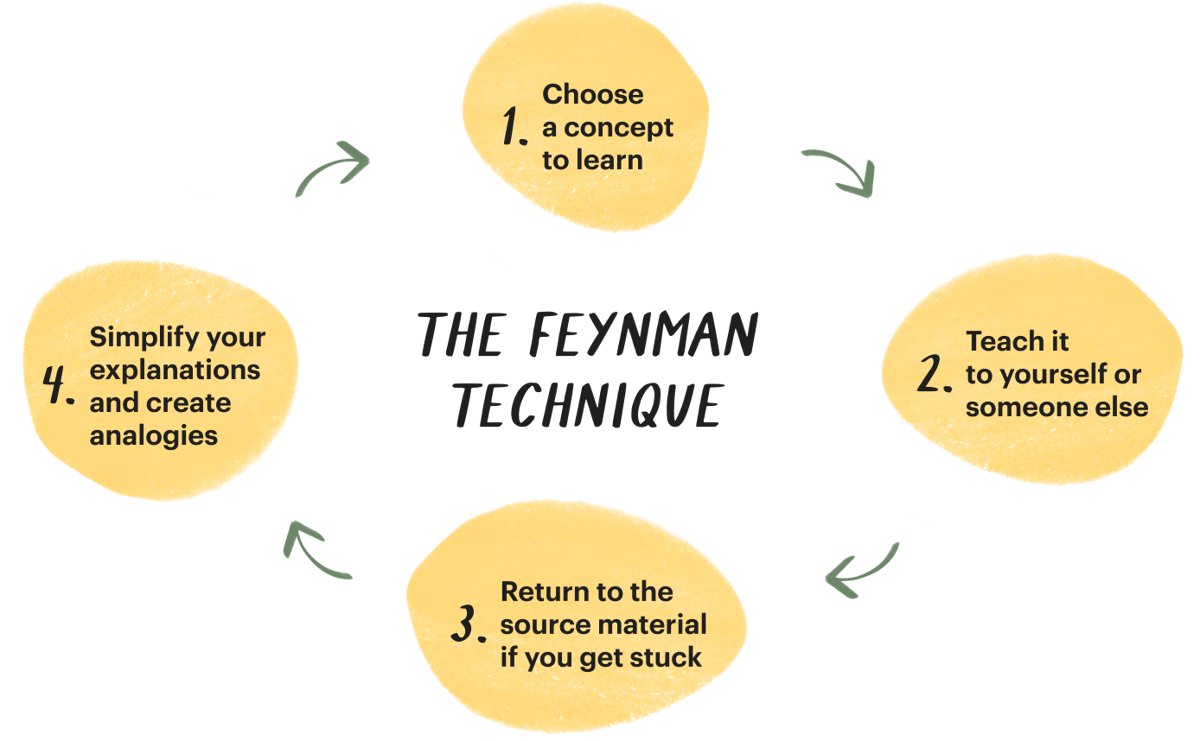What is your Sales Purpose Statement?
4 questions to help you with the loss of meaning & sales burnout.

The modern-day sales professional operates under a constant chokehold. Squeezed by the expectations of their jobs, clients, managers, and themselves, most operate under high stress and the risk of losing touch with their core values.
Sales is a dance of trust. Constant hedging of confidence bets. One may even see it as a never-ending Three Card Monte. All of this sets the foundation for a craft that heavily relies on relationships, intuition, and an individual's ability to endure chaos.
Humans have the uncanny ability to keep going & endure discord for a long time. On one hand, this is what helped us climb to the top of the food chain despite our clear physical inferiorities. On the other hand, this is also one of the reasons why we face the delayed consequences of accumulated stress or other heavy emotions. For salespeople, this could be even more intense as the pressures at work are always short-term oriented, and much of it is perceived as “the nature of the beast”.
One may easily lose sight of the greater journey or lose touch with their inner values and operational priorities. This is also one of the reasons why Sales and Business Development rank at the top of most burnout-prone occupations.
While emotional health is still taboo in most sales organizations, we build effective tools as we cross-pollinate sales with other disciplines such as coaching, psychology, anthropology, and sociology.
One of those tools I use in my coaching engagements is a Sales Purpose Statement. The exercise helps struggling sales professionals stimulate an introspective scan and answer some intentional questions. This usually helps coaches see through the whole chaos of sales from a much more manageable and self-aware perspective.
Let’s dive into the 4 key questions to build the purpose statement:
1 — What is the hunger I am here to feed?
Hunger is often associated with the hustle culture. The Go go go! However, you can be hungry for peace, harmony, or simply not doing anything. One must not discriminate according to the type of hunger. All types are equally potent and respectable.
Having said that, salespeople often find it difficult to answer this question at a deeper level. The surface-level answers typically sound like the below:
- To make customers happy
- To be successful
- To earn more money
- To do my team/company/friends/family proud
While the real driver often comes from the core:
- To build new relationships
- To prove my self-worth to myself
- To do something useful/meaningful for the society
- To be appraised/loved/seen
Any self-awareness exercise requires openness and willingness to peel off vulnerability. When attuned to their core values & inner narrative, salespeople develop a clear understanding of their hunger and where it’s coming from.
This understanding is the first step in building a strong purpose statement.
2 — Where is the pain I can ease?
Step 2 is all about developing a compelling meaning on that foundation. One of the main factors of sales burnout is the loss of meaning. No one enjoys selling for the sake of selling. At least not for a long time.
There needs to be a value attachment. An impact narrative. A do-good.
This can be traced back to ancestry or even hunter & gatherer roots. Human beings thrive on the positive impact they can generate on themselves and the lives of others.
The same applies to sales professionals.
- Why do you do what you do?
- What real problem does it solve for people?
- How important is that problem for you?
These questions help them open up about their mission alignment.
Selling something with 0 belief in its impact is a surefire way to reach sales burnout. This is also why cognitive dissonance is very common among sales pros.
Selling something that you can tag along with is nice.
Selling something that you truly believe is where the fireworks happen. A clear pain—healing fit, helps sales professionals develop a meaning that goes beyond any quota or short-term expectation.
Finding that pain of importance is critical to ensure meaning in a sales purpose statement.
3 — What is the next teaching I am called to do?
Sales folks tend to be quite passionate about their subjective fields or industries. Some of this comes from the inherent excitement of the craft. Persuasion, reading others, managing power dynamics, navigating through rounds of politics…They’re all part of the game and the wear and tear that come with it.
The third layer of the purpose statement focuses on the more academic fit and aspiration.
- What are the pockets of clarity that I can open up to others?
- How can I simplify things that seem complex at first view?
- What is a skill that I want to improve?
Sales is a great learning opportunity. It gives a platform to many different methods of learning by teaching like the Feynman method.

The moment sales professionals understand what makes their curiosity tick, they tend to make better decisions.
They also reflect on their current realities from a vantage point of growth and self-learning instead of frustration.
We all have something valuable to share with others. Also, plenty to learn.
The third step aims to unlock this key dynamic for sales professionals as part of their purpose statement.
4 — Where is the building I have the tools to complete?
The final part of the purpose statement focuses on opportunity recognition. In other words: “all of this for whom?”
Much like Economics which tries to answer 3 main questions (what to produce, how to produce, and for whom to produce), a sales purpose statement also hints at the need for a match.
Sales professionals feel in their element when their superpowers are used in a Goldilocks zone. A performance area where the heat of challenges and cool of competence is just right. This necessitates a profile for salespeople. A domain or a group of people that they’re best equipped and happy to interact with.
- What are the type of relationships I seek to develop?
- Which groups/communities are best served by my expertise?
- Where do I thrive to deploy myself?
Questions of this nature help salespeople to answer for whom to sell. An internal debate on “Am I serving to whom I want to serve?” can get a sales pro a long way in truly defining a sales purpose statement.
Conclusion
The sales purpose statement is not a definitive exercise. It should evolve as the sales pro evolves throughout different phases of life.
Step by step, it stacks an introspective understanding of driving values with meaning, curiosity & opportunity recognition. All in line with the driving values of the individuals.
It is an incredibly powerful tool to help sales professionals zoom-out, out and tune into their core values. It also gracefully exhibits friction and wrinkles in the sales flow. Salespeople are empowered to iron these in line with their purpose statement.
It also helps them with navigating the challenges and owning their narrative.
I do recommend you to jot down the keywords & sequences that come out of these questions, as you may discover surprising interlinks between different value sets & attributes.
If you are a sales leader, try the same for yourself and your organization separately. This simple yet powerful exercise tends to produce fruits beyond any expectation.
Happy selling,
💭 Get in touch with me on MentorCruise to discuss how we can work together to help you sell more and better.
Don’t be shy to say hi 👋 on LinkedIn.







